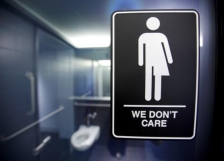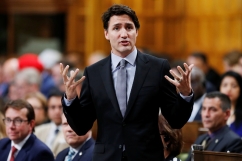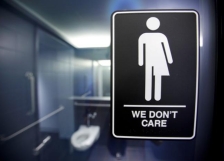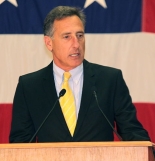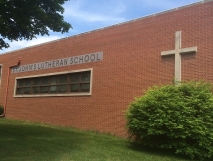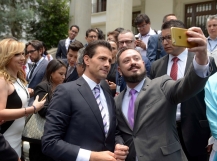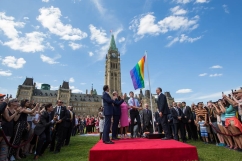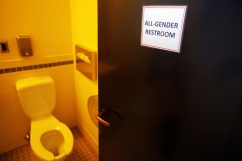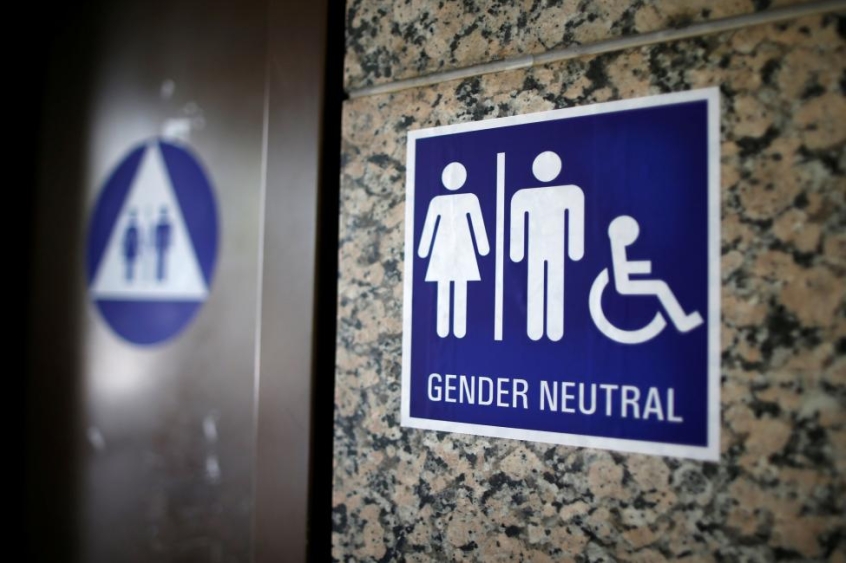
Starting next year, public schools in the state of Washington will begin teaching gender identity and gender expression to kindergarten and elementary students.
The state's Office of the Superintendent for Public Instruction has issued the 2016 Health and Physical Education K-12 Learning Standards for kindergarten to 12th grade that will introduce the teaching of gender identity, gender expression and sexual orientation to students.
According to State Superintendent Randy Dorn, the standards "have been reviewed by thousands of Washington educators, administrators, professionals, parents and students."
In the section Self-Identity under Sexual Health, kindergarten students will be made to "understand there are many ways to express gender."
First grade students will also be taught that "there are many ways to express gender."
Second graders will "understand there is a range of gender roles and expression" and "understand importance of treating others with respect regarding gender expression."
Teachers will explain to third graders that "gender roles can vary considerably" and the "importance of treating others with respect regarding gender identity."
Fourth grade students will be taught to "identify how friends and family can influence ideas regarding gender roles, identity, and expression," and "define sexual orientation."
Fifth graders will be taught to "describe how media, society, and culture can influence ideas regarding gender roles, identity, and expression," and "identify trusted adults to ask questions about gender identity and sexual orientation."
The curriculum defines gender as "a social construct based on emotional, behavioural, and cultural characteristics attached to a person's assigned biological sex."
It says that gender expression is "the way someone outwardly expresses their gender, whether consciously or unconsciously" while gender identity is defined as "someone's inner sense of their gender."
Under Students' Rights, the Office of the Superintendent's Equity and Civil Rights mandates that "students who attend Washington public schools have the right to be addressed by their preferred name and personal pronouns—he and him, or she and her."
Students also have the right to express their gender at school.
School dress codes should be gender-neutral and should not restrict a student's clothing choices on the basis of gender.
Public schools in the state are also required to allow students to use restrooms and locker rooms that correspond to their gender identity.
The Family Policy Institute of Washington warned that "parents should be concerned about whether these standards are age-appropriate, as well as whether the manner in which these topics will be taught may undermine the values held by their family."
"It is frightening to think that students who hold traditional beliefs about gender and sexual identity may have to choose between accepting politically correct talking points or failing assignments and being ostracised by school administrators," it added.











